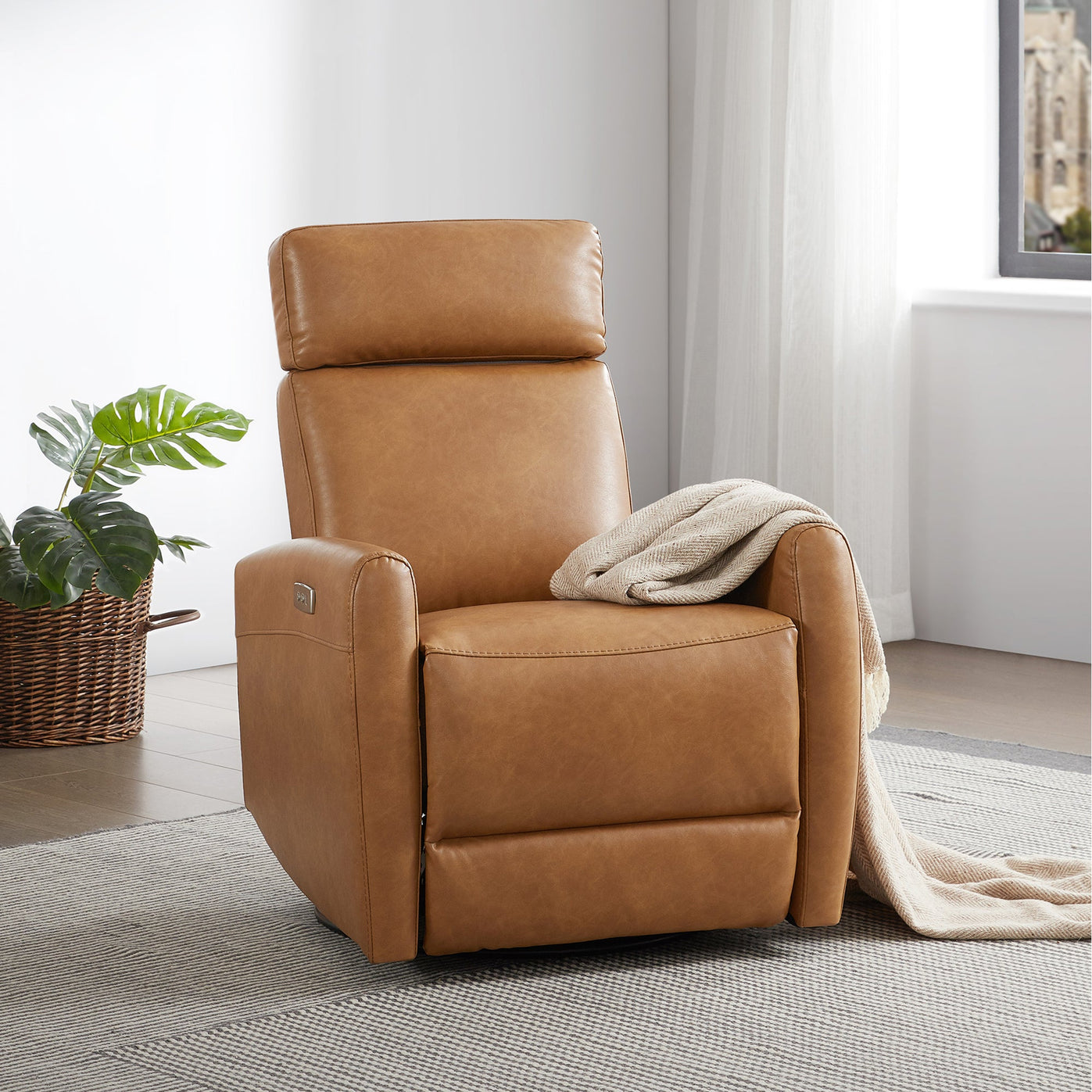The Evolution of Recliner Chairs in the Furniture Industry
الجسم
Recliner chairs have come a long way since their inception, evolving to meet the changing needs and preferences of consumers. The evolution of recliner chairs in the furniture industry has been a fascinating journey, marked by innovation and adaptation to technological advancements and design trends.

Early Origins
The concept of a reclining chair can be traced back to ancient civilizations, where the idea of lounging and relaxing was highly valued. However, it wasn't until the 19th century that the modern concept of a recliner chair began to take shape. The first known patent for a reclining chair was granted in 1850 to a French inventor, who designed a chair with adjustable components for reclining. This marked the beginning of a new era in furniture design, as the idea of a chair that could provide both comfort and functionality gained traction.
Technological Advancements
As the 20th century progressed, technological advancements played a significant role in the evolution of recliner chairs. The introduction of new materials, such as steel and synthetic fabrics, allowed for the creation of more durable and versatile recliner designs. Additionally, the development of mechanical and electronic reclining mechanisms revolutionized the industry, providing consumers with a wider range of options for customization and comfort. These advancements paved the way for the mass production of recliner chairs, making them more accessible to a larger audience.
Design Trends
Throughout the years, design trends have greatly influenced the evolution of recliner chairs. From the sleek and minimalistic designs of the mid-20th century to the plush and oversized styles of the late 20th century, recliner chairs have continuously adapted to the changing tastes of consumers. Today, modern recliner chairs are available in a wide variety of styles, colors, and materials, catering to diverse aesthetic preferences. The incorporation of ergonomic features and adjustable lumbar support has also become a standard in many recliner designs, reflecting a growing emphasis on health and wellness in furniture choices.
Future Innovations
Looking ahead, the future of recliner chairs in the furniture industry is poised for further innovation. With the rise of smart home technology, we can expect to see recliner chairs equipped with integrated massage functions, built-in speakers, and even connectivity to smart devices. The use of sustainable materials and eco-friendly manufacturing processes is also likely to shape the next phase of recliner chair evolution, as consumers become more conscious of the environmental impact of their purchases. As the demand for multifunctional and adaptable furniture continues to grow, recliner chairs are expected to evolve to meet these changing needs, further solidifying their place in modern homes.
In conclusion, the evolution of recliner chairs in the furniture industry has been a dynamic and transformative journey, driven by technological advancements, design trends, and changing consumer preferences. From their early origins to the present day, recliner chairs have continually adapted to meet the needs of an ever-changing market. As we look to the future, it's clear that recliner chairs will continue to evolve, offering innovative solutions for comfort, style, and functionality in the modern home.










تعليقات